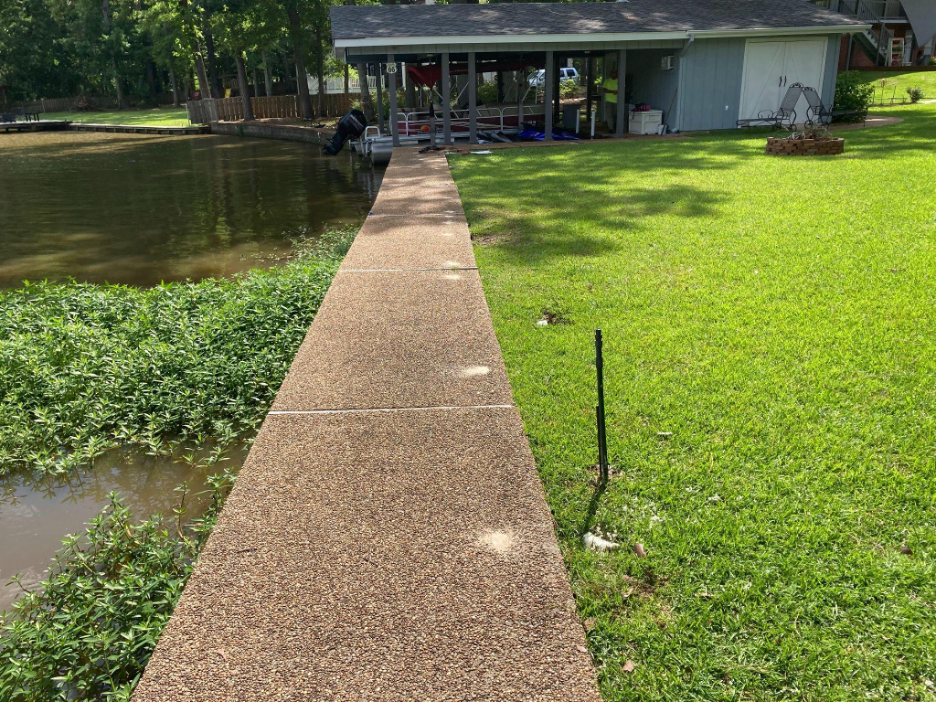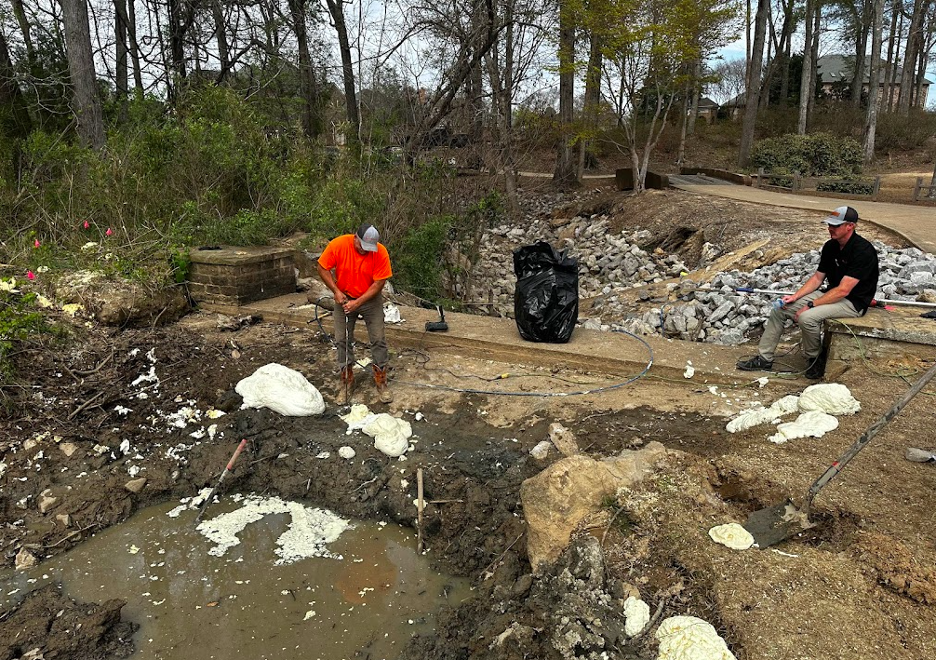Stop Erosion Behind Your Seawall with Polyurethane
- burns68
- Oct 3, 2023
- 2 min read

Most people don’t give much thought to seawalls, but there is much more to these structures than what meets the eye. A seawall is like an entity in itself; built along coastlines or shorelines to protect coastal areas from the erosive forces of the sea. These structures are typically built to mitigate the damaging effects of coastal erosion, storm surges and rising sea levels.
However, like other man-made structures in the world, seawalls have a limited lifespan. Many of them only last 20 to 30 years, especially when they are not maintained as they should be. Fortunately, seawall distress can typically be solved quickly and affordably. Let’s learn more about how polyurethane can repair erosion behind a seawall.
Even the Strongest Seawalls Don’t Last Forever
While seawalls can be found along lakes and rivers, they’re really put to the test when they’re near the ocean. The Gulf of Mexico is a large body of saltwater, which means it has salt corrosion, tidal action, currents, storm surges and even hurricanes. There are also forces coming from the landward side of the wall.
As long as the seawall is built correctly, it will be able to withstand the water that comes from rain, tide action and wave action. However, over time, the materials can degrade due to natural wear and tear and settling. As a result, soil is lost, and holes or low spots occur along the wall. Weep holes and vents can also fill with water with no way to escape, forcing it downward and creating sinkholes.
If you notice signs of sinking ground, it’s almost guaranteed that there are voids below the seawall that can be dangerous. These voids can extend underneath other structures, causing those to sink and crack too. They can also cause further degradation of the seawall, allowing water to seep through cracks and gaps, eroding the soil and compromising its stability.
Repair Erosion Behind Seawall
The good news is that seawall repair is a relatively easy fix in most instances. Some people assume they have to rebuild the seawall, but this is not the case for most. Instead, polyurethane can be injected along the wall where settling is happening. It seals leaks, fills voids and mixes with soil to form a solid, impermeable mass. You will also need to address drainage issues.
Poly foam injections are efficient and cost-effective. No excavation is required, which means quick installation times and minimal disruption to your property. Additionally, the material is environmentally safe, meaning it won’t disturb your landscaping or hardscaping. Poly foam also has long-lasting results, giving you the peace of mind that your seawall is safe, level and sturdy.
To schedule an estimate for polyurethane seawall repair, contact Foremost Foundations and Construction today.




Comentarios